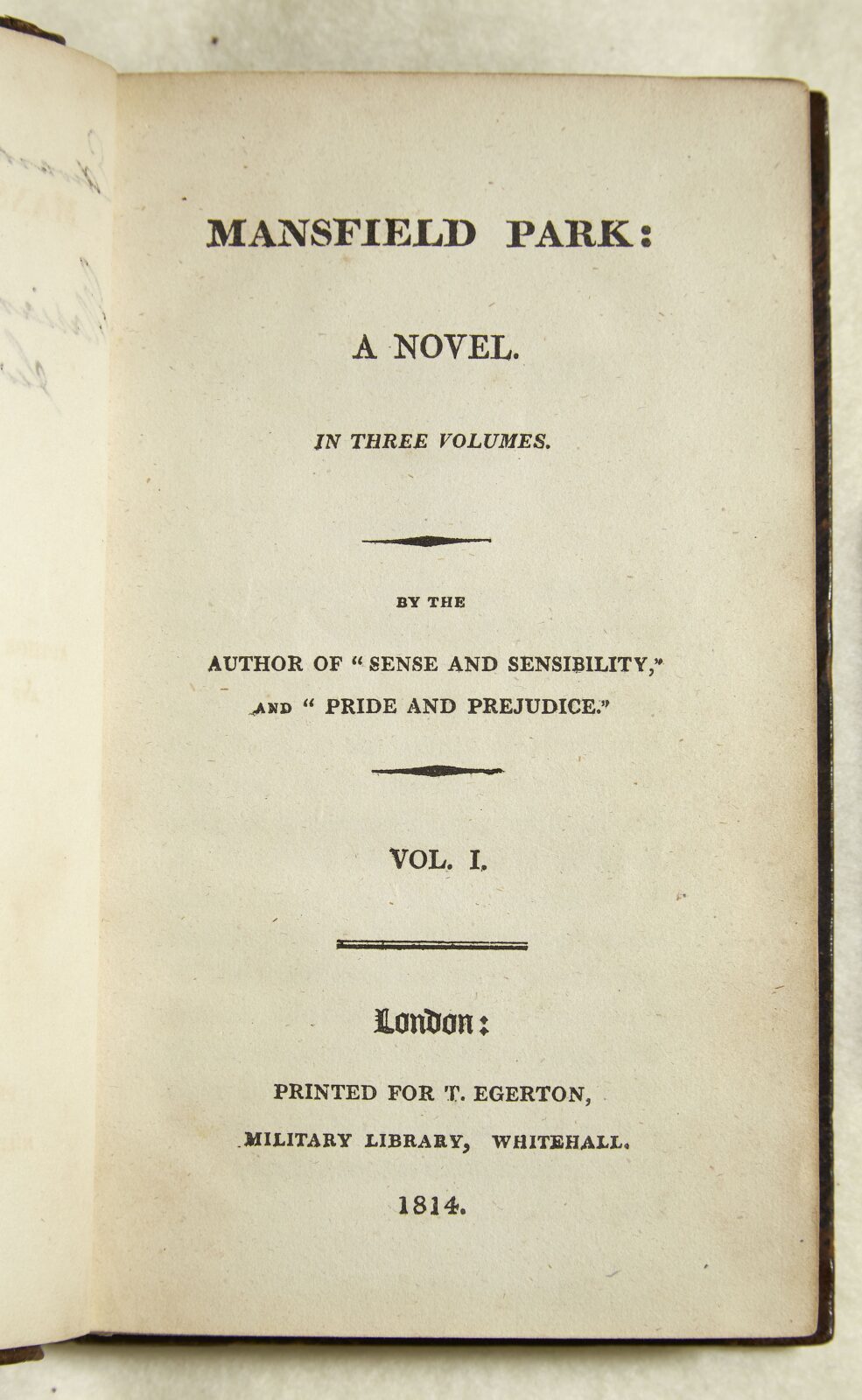Mansfield Park
Jane Austen’s third published novel was Mansfield Park. The story follows the young, poor protagonist Fanny Price who at age ten is sent to live with her rich aunt and uncle Bertram at their grand estate of Mansfield Park. Growing up in their family circle, Fanny navigates love, loneliness and rivalry. The novel also takes on broader themes including landscaping, religion, theatre and marriage, and it touches upon colonialism and slavery, as part, at least, of the family’s wealth is shown to come from a ‘West India estate’ (ch. 3), in Antigua.
Jane drafted the manuscript between 1811 and 1813 at home in Chawton. There is evidence that she travelled to London with Henry to discuss terms and negotiate details with her publisher Egerton, since the Pride & Prejudice copyright issue was only the year before. With Mansfield Park Austen reverted to on commission publishing, retaining the copyright and the prospect of greater financial return.
The novel appeared in May 1814, in a possible edition of 1250 copies. The title page stated it was ‘By the Author of “Sense & Sensibility,” and “Pride & Prejudice.”’ The first print run sold out within six months, making a profit of at least £320. A second edition, published this time by John Murray in 1816, sold far more slowly, with almost 500 copies unsold in January 1820.


